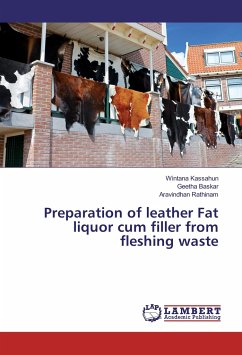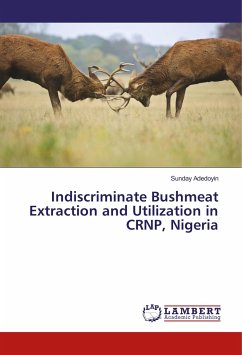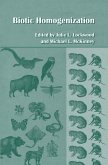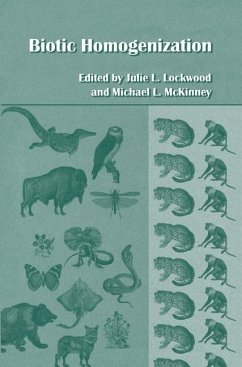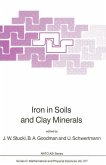This book covers almost skin/hide fleshing wastes are the day to day activities to remove the flesh from the pelt, from tanneries are generated during leather processing when flesh of the soaked or limed hides skin/hides is removed with the fleshing machine. These fleshing wastes from tanneries contain significant quantity of protein and fat content and this waste is major environmental problem throughout the world. So the work is to elaborate a method/technique to develop fatliqours cum retanning agent for use in leather industry from the fleshing waste generated by the tanning industry. The exposition is illustrated through several experiments and the product was formulated carefully and applicable to the leather and finally done physic-chemical and organoleptic properties of the experimented leather. The primary purpose of this test is to provide an information manual and explicitly direction to work performance tannery worker and owner, teach in leather technology, Environmentalist, chemical companies or investor is better when technologist have an understanding of application of their knowledge.
